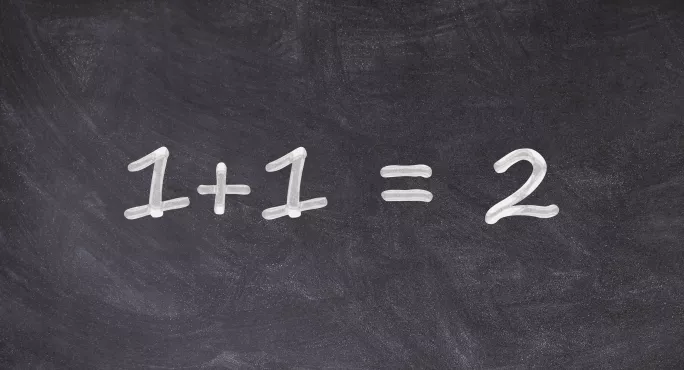How many times have you listened as a child, watching your face intently for clues, has reeled off a series of guesses in response to a multi-step problem in maths?
Yet, when they finally - through sheer luck - hit upon the correct answer, they respond with a “Yes!” (and perhaps a celebratory air punch) and simply move on, none the wiser about the actual mathematical understanding behind the problem.
The issue, I believe, lies in the emphasis on getting the “right” answer in maths - getting that all-important tick or spot of green highlighter.
So, I made the decision to just give the children the answers.
Without the pressure to find the correct solution, the result was an increased focus on how to understand multi-step problems, more speculation and discussion, and increased understanding.
Focus on understanding
I first used this approach when teaching my Year 5 class how to find fractions of amounts.
Together, we developed a visual metaphor that we call “the river”.
We think of the question and its answer as being on opposite river banks, and the need to develop “stepping stones” to create a bridge between the two.
Giving children the answers allowed us to shift the focus away from simply finding the correct answer towards really understanding how we did this. Groups (usually mixed-ability threes) worked together to discuss the problem and to bridge the gap between the question and solution.
We focused on drawing diagrams and breaking down problems into small, individual steps.
Having the answer was instrumental in allowing pupils to gain independence - as a means of getting immediate feedback, enabling them to check their answer and reconsider their approach if necessary - and the confidence to experiment and explore.
‘Question and challenge’
Once pupils began to find the steps they needed, I invited individual groups to explain their reasoning to the rest of the class. I took a backseat during these discussions as I wanted children to have the opportunity to explain to each other, in their own words.
So I used two very simple - but absolutely key - questions over, and over again: “How do you know?” and “Why?”.
Groups were encouraged to question and challenge each other, presenting contrasting methods, and debating which of these was most efficient, or which they preferred and why.
This helped pupils to understand that there are lots of possible ways of reaching the same answer, granting them the freedom to choose whichever they felt most comfortable with.
I found that spending more time discussing alternative methods meant that we were considering far fewer problems (maybe only three or four during a lesson), but we were looking at these in significantly greater depth, and really focusing on understanding how the problems worked and what we needed to do to answer them.
Now, whenever I encounter something I know that my pupils will find challenging, I automatically provide them with the answers. It seems that it isn’t a cheat after all, but a means of ensuring deeper and longer-lasting learning.
Dr Kirstin Mulholland is a lecturer in education at the University of Northumbria





